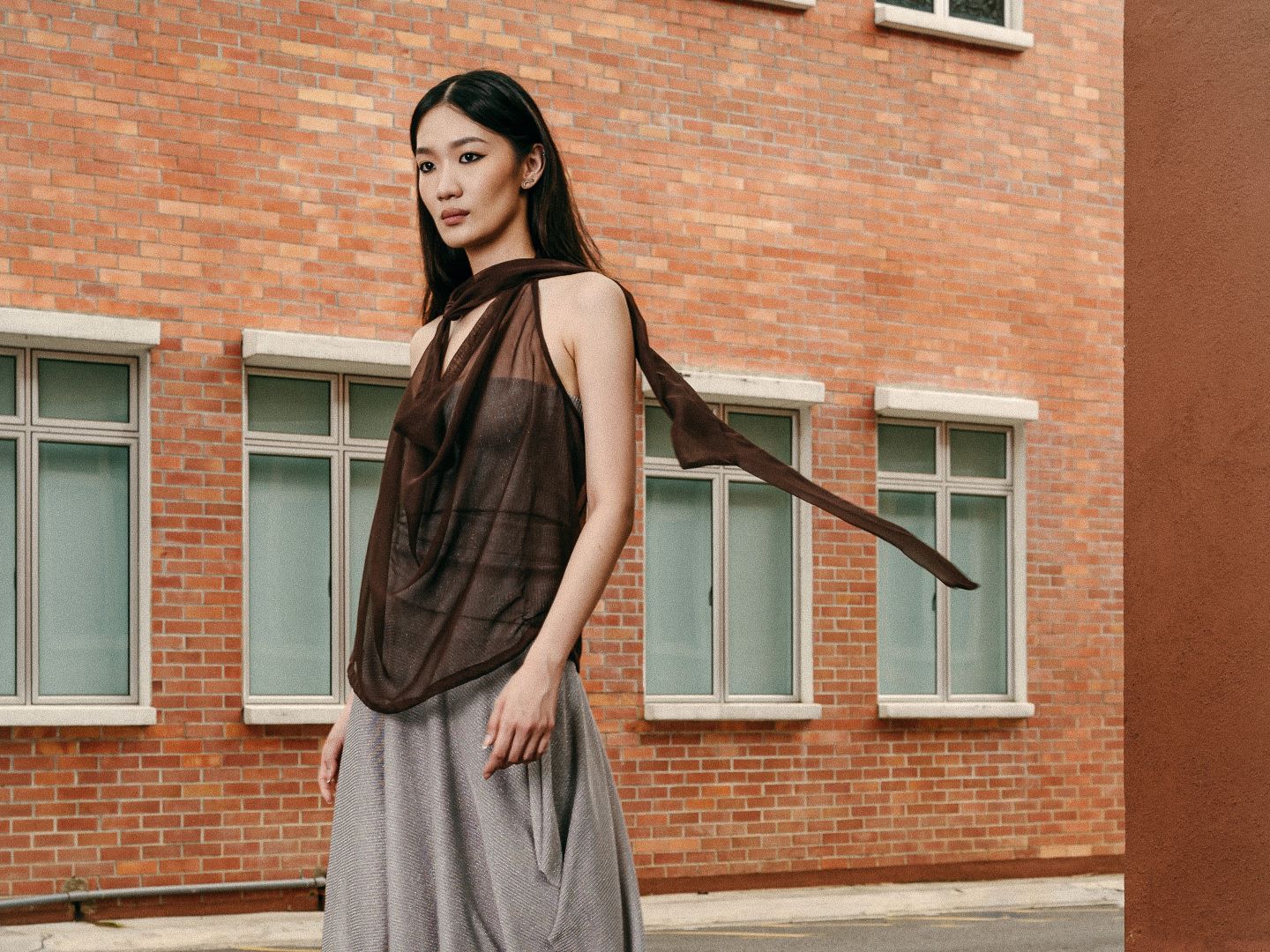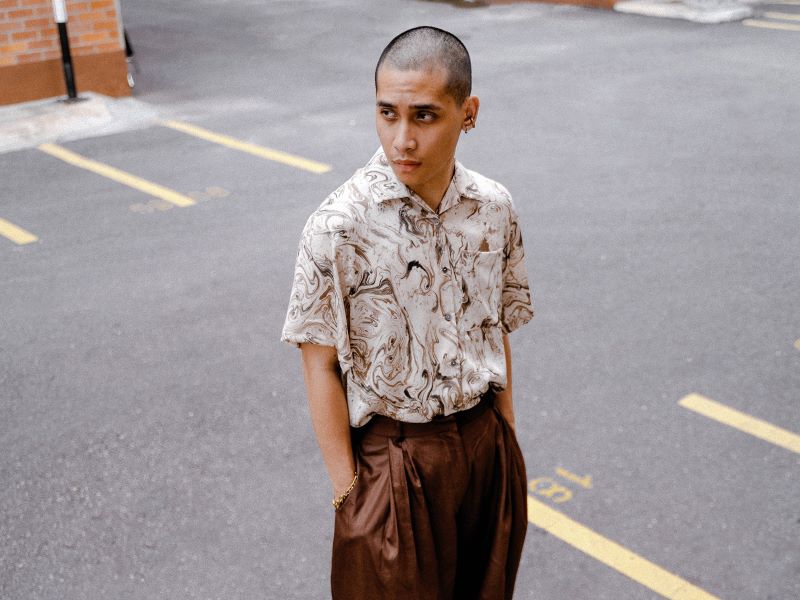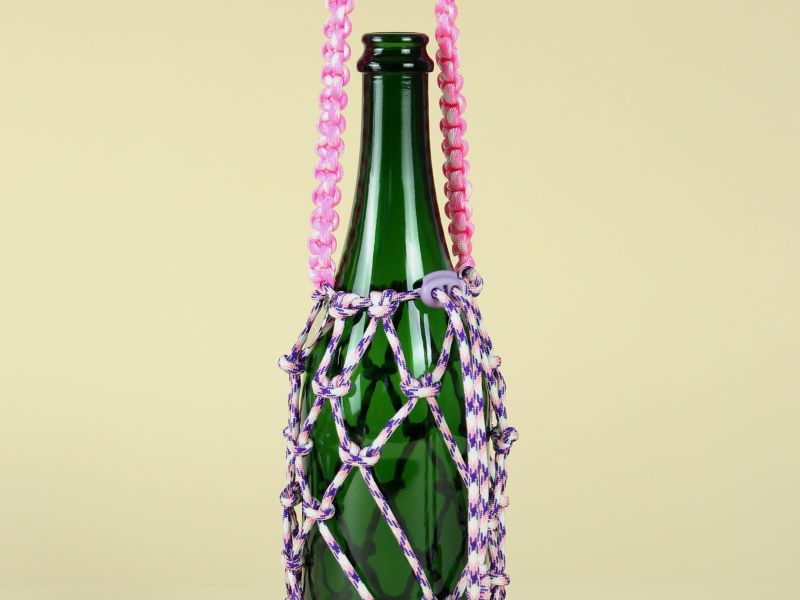
Shaofen is managed by Kuala Lumpur-based designer Seah Shao Fen (All photos: Shaofen)
Chick-flicks have a special and important place in the hearts of today’s fashionistas. Examples such as Clueless, Confessions of a Shopaholic and The Devil Wears Prada are testament to that. Even 2003’s The Lizzie McGuire Movie has its crucial messages for stylish youths, though none as important as titular protagonist Lizzie’s response to her ex-best friend, Kate Sanders, accusing her of lazy, repetitive dressing. The well-known retort goes: “I may be an outfit repeater, but you’re an outfit rememberer, which is just as pathetic!”
The need for something new, especially clothes, never seems to dwindle, leading to short-lived trends that come with harmful environmental effects, and in the case of people who face bullying or peer pressure, even psychological ones. Acknowledging the effects of hyperconsumerism and prompted by Lizzie’s protest, we ask: What is wrong with wearing something time and again?
The answer? Nothing. On the contrary, it is good! In honour of wearing what makes oneself happy and promoting sustainable wardrobes, more people are practising mindful purchasing and now prefer thrifting, loaning and even reworking instead of buying new outright. And while there is still a long way to go when it comes to large fashion corporations, several indie ones are spearheading ethical fashion by producing designs that are meant to withstand eras and seasons. Among them is 28-year-old Kuala Lumpur-based designer Seah Shao Fen, who manages her namesake label, Shaofen.
Shaofen, which officially launched in late 2019, was always “intended to offer timeless and versatile designs suitable for everyday wear”. The label’s signature is ageless concepts matched with more adventurous elements like contrasting peekaboo layers on a waterfall skirt and button-up shirts with fluttering elongated tails. Even the standout item in the Spring/Summer 2020 collection — a bucket hat with strings of crystal beading draped from the brim — has a humble and uncomplicated premise.
portrait.jpg

Seah would continue to produce designs that walked the line between ageless and modish. Starting as a one-woman feat, lower production rates were to be expected but one thing that never dipped was a meticulous attention to detail that appealed to Shaofen’s main demographic who, according to Seah, are “individuals who seek constant quality, not exclusive to clothing but in all aspects of life”.
For these buyers, mostly in their mid-20s to late-30s, poorly manufactured clothes that looked nice on social media but had little long-term potential were out and wearables that could be styled over and over again for different outfits and occasions were in, even if the price disparity between the two was significant. Tired of flimsy textiles and loose threads, it finally seemed that more people were realising the benefit of splurging on a few well-made items that would last them multiple seasons, not just in terms of durability but also their styling prospects.
Seah’s love for combining form and function led to one of her most recognisable items. In the process of fulfilling a custom request that she “took on to kill time” during Covid-19 lockdowns, she crafted the first of her label’s paracord bags, a line of netted carriers woven from the thin ropes traditionally used as suspension lines in parachutes. The bags, which come in various colours, fit any and all objects big enough to sit in the lattice, though they are popularly used to hold water and wine bottles. “It turned out to be very useful, thus I decided to develop it further,” she says.
marbling_shirt.jpg

In October, Seah debuted the first of a three-part release for Shaofen’s Fall 2023 Ready-To-Wear line. Coined Slow and Steady, the collection reflects its creator’s unpredictable line of work and her dedication to high standards. “Design development started as early as April but before I knew it, the year was about to end,” she comments. “The collection definitely took longer than usual [to complete], hence [its title]. Despite being a late release, it is satisfactory to my own standards.”
Looking closely at the items, one can quite easily identify silhouettes that have graced fashion history, renewed for a modern audience. Wide-legged pants with pleats running down the legs, reminiscent of men’s trousers in the 1930s, come in a neutral chocolate brown cotton, draped to pool just slightly around the ankles for a breezy, nonchalant air. Teal, grey and beige denim (uncommon colours for this material, might we add) take the form of halter-neck tops and midi skirts. Bolero tops and jorts, aka jean shorts, take on a cleaner appearance with solid hues and unfussy cuts, a departure from the funkier frills and textures of their social media-famous counterparts.
The overall simple nature but finer details of these garments allow them to be effortlessly dressed up with other statement pieces and accessories or dressed down without losing visual intrigue. “I am a realist, thus I prefer making realistic choices,” Seah says. “[Shaofen’s apparel] would never be over the top, as I like to keep things simple, yet never boring.”
med3.jpg

As the young designer looks towards the future, she hopes to expand her brand’s presence and bring imperishable style to a wider audience. To do this, she plans to start with “more collaborations within the industry”. The first, a freshly launched joint capsule collection with shoe and apparel maker Nelissa Hilman, underlines the beauty of repurposed clothing. “[The line] features reworked garments from Nelissa Hilman’s existing collection,” Seah says proudly. “Each design is my interpretation of the brand with my own touches."
Shaofen’s mission to shift how consumers perceive their clothes is one victory in a decades-long uphill battle, reigniting dreams for a world where our clothes become sentimental again. “I want the garments to be meaningful to the wearer on their own terms,” Seah says. “The items they invest in today are for the person they will like to be in the future. I believe in dressing for who you want to be.”
This article first appeared on Nov 27, 2023 in The Edge Malaysia.


